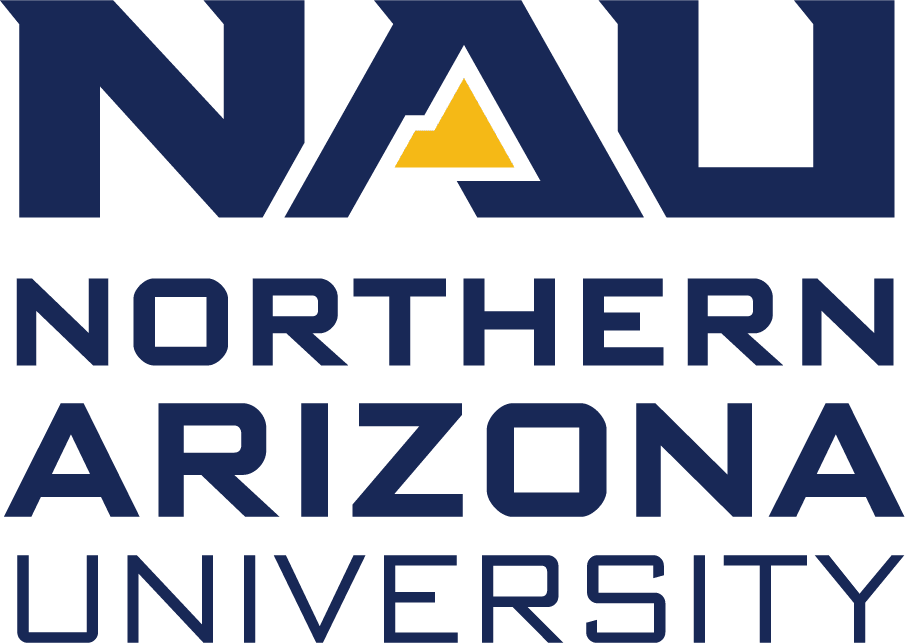From preschool to 8th grade, Malik Bossett attended an African-centered school in Oakland, California, where he was surrounded by people that looked like him. Then, he transferred to a predominately white high school where he was the only Black male in his graduating class.
“It was a culture shock,” Bossett said. But he persevered and used the discomfort to fuel his passion for becoming a Black scholar.
He had been interested in science from an early age. His parents took him to the California Academy of Sciences every Friday to explore and learn. He gravitated to the solar system exhibit, and his love of science grew into a deep passion for astronomy.
Before long, he found himself spending his free time studying astronomy books and watching shows like “Cosmos: A Space Odyssey” and “How the Universe Works.” When he found out there was an astronomy club at his high school, he joined immediately.
“My high school co-owned a small observatory near Yosemite National Park, and we would travel there once a month. While we were there, we learned how to take pictures of different celestial objects,” Bossett said.

“During my senior year, I secured funding for and led a field trip for Black middle school students at my K-8 school to the Chabot Space and Science Center to pique their interest in the field. After the field trip, I wanted to keep inspiring and encouraging more kids of color to pursue STEM careers.”
When it came time for Bossett to enroll in university, NAU (and more specifically Flagstaff) made sense. As the first internally recognized Dark Sky City and home to the famous Lowell Observatory, where Pluto was discovered, he could not think of a better place to further his education and build on his passion for the stars.
At NAU, Bossett found his community in the Black Student Union and flourished academically—he was part of the Honors college and participated in three Research Experiences for Undergraduates with the National Science Foundation, two of which led to peer-reviewed publications.
“Since Malik was a freshman, he already was ahead of his peers and started to do research and learn all kinds of techniques and knowledge needed to become an astronomer,” said Lisa Chien, assistant teaching professor in the Department of Astronomy and Planetary Science. “During his time at NAU, he has gained skills and made connections all over the country. Yet Malik is such a humble, down-to-earth and calm person to talk to. He is a great student academically, one of our top students in my department, and now he is going to one of the top graduate schools in the field of exoplanet studies.”
After graduation, Bossett will head back to California to pursue his Ph.D. in astronomy and astrophysics at UC Santa Cruz as he not only inches closer to becoming a professional astronomer and making his childhood dreams come true, but more importantly, inspiring the next generation.
“I hope that the field of astronomy can continue to diversify and become a field that kids of color would be excited about pursuing,” Bossett said, “especially with role models such as myself that they can look up to.”

Carly Banks | NAU Communications
(928) 523-5582 | carly.banks@nau.edu



